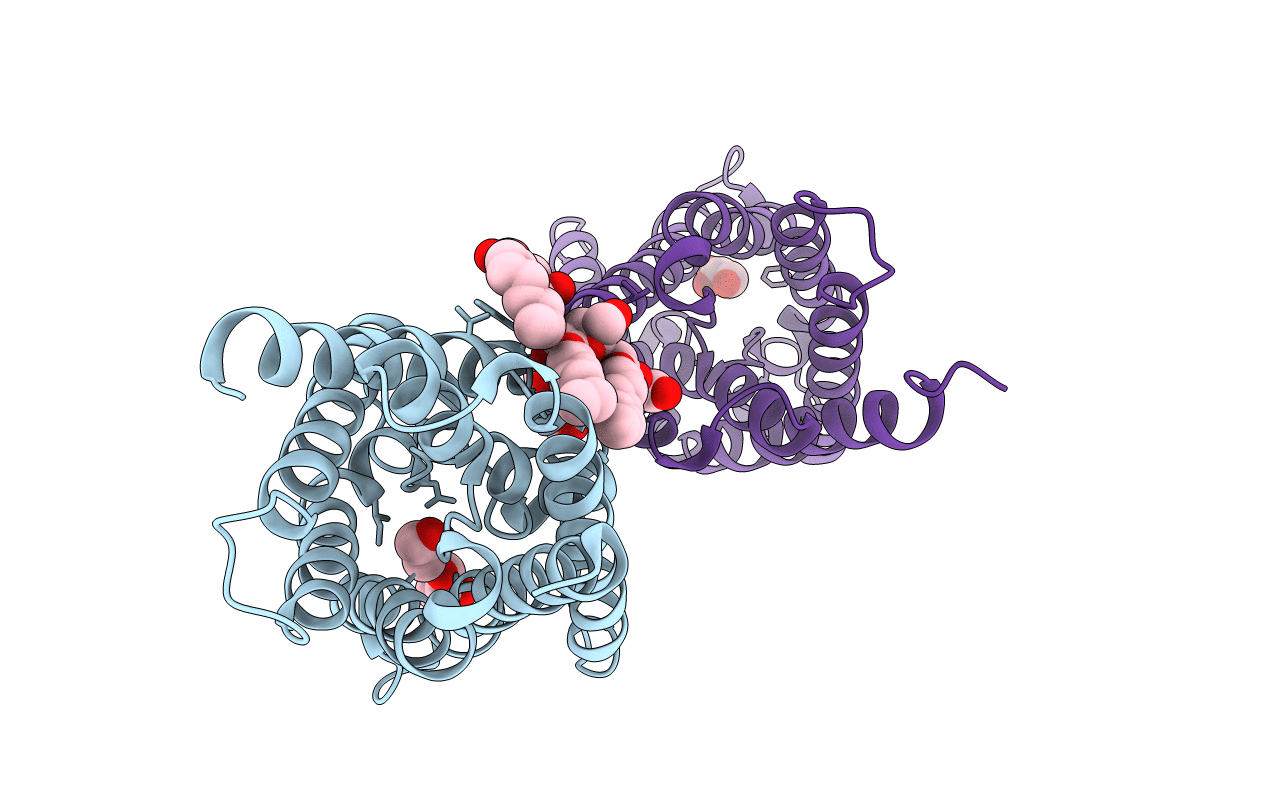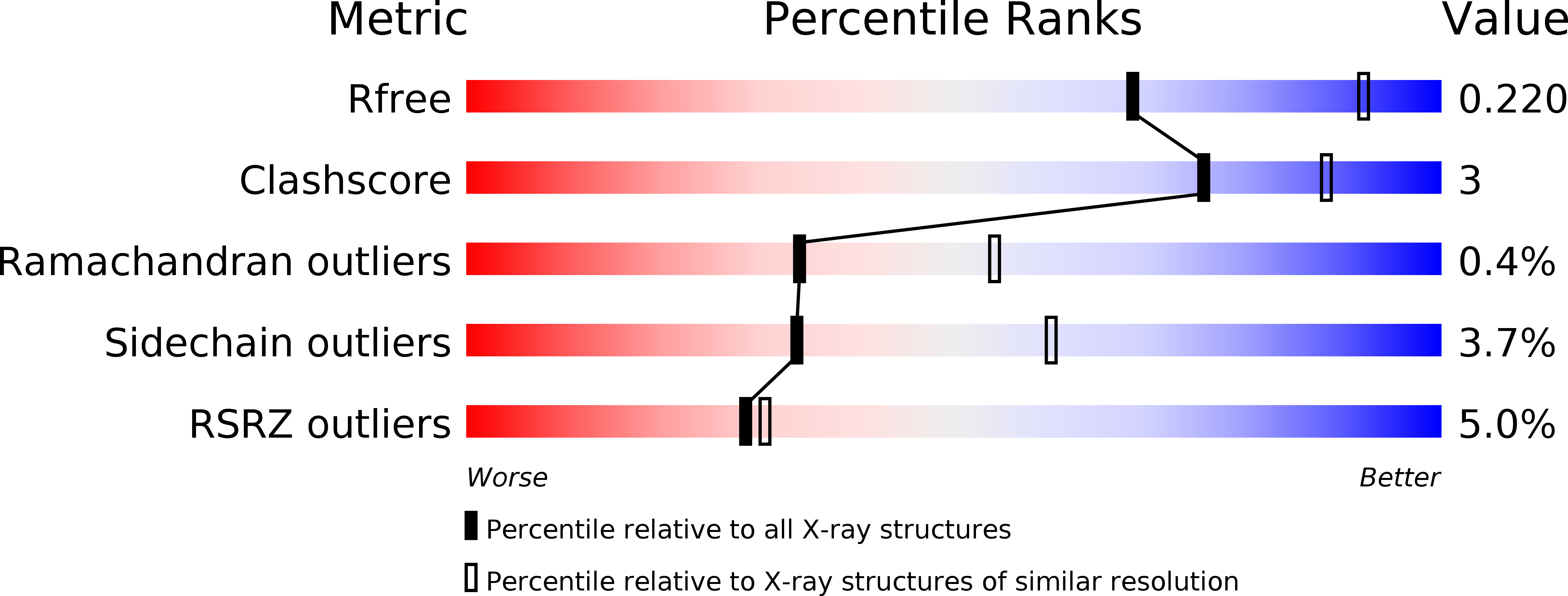
Deposition Date
2010-06-18
Release Date
2010-11-03
Last Version Date
2023-09-06
Method Details:
Experimental Method:
Resolution:
2.50 Å
R-Value Free:
0.22
R-Value Work:
0.18
R-Value Observed:
0.18
Space Group:
P 4


